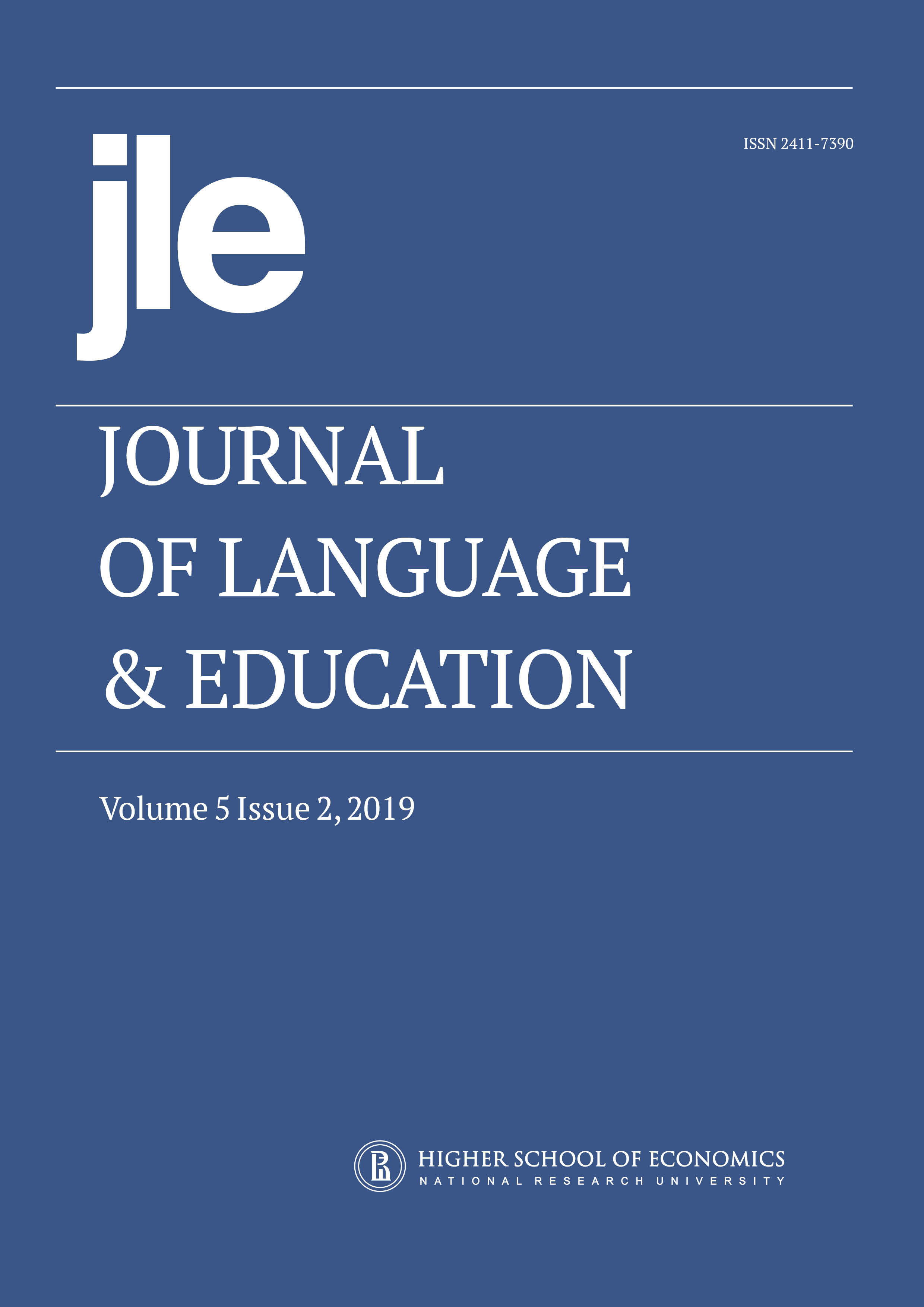A Cognitive Approach to the Instruction of Phrasal Verbs: Rudzka-Ostyn’s Model
Аннотация
English as a Foreign Language (EFL) learners find some phrasal verbs problematic because of their idiomatic and polysemous nature. They are frequently used in spoken English and textbooks suggest an arbitrary way in teaching them. Cognitive linguists proposed that the particle plays a major role in determining the meaning of such phrasal verbs. This study investigated the effectiveness of a cognitive approach (i.e., Rudzka-Ostyn’s Model) in teaching taught and new phrasal verbs including metaphorical ones. Using a list of frequent phrasal verbs, a quasi-experimental design was used in which an experimental group was required to create mind maps of the common meanings of each particle with example phrasal verbs. The control group, on the other hand, was asked to memorize the frequent senses of the most frequent phrasal verbs along with their translations. The experimental group did not outperform the control group on the post-test. This was attributed to a number of problems such as the fact that some senses given by some particles are not outlined in Rudzka-Ostyn’s Model. Further, the analytical procedure followed by students to cognitively understand phrasal verbs should be made explicit and address the interaction between the verb and the particle. Additionally, following a cognitive approach, instructors should focus more on the particles up and out since they have many senses and contribute a lot to phrasal-verb formation.
Скачивания
Copyright (c) 2019 Национальный исследовательский университет «Высшая школа экономики»

Это произведение доступно по лицензии Creative Commons «Attribution» («Атрибуция») 4.0 Всемирная.
Авторы, публикующие статьи в журнале, соглашаются с условиями политики авторских прав.



